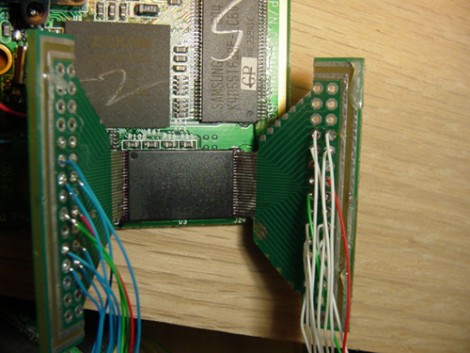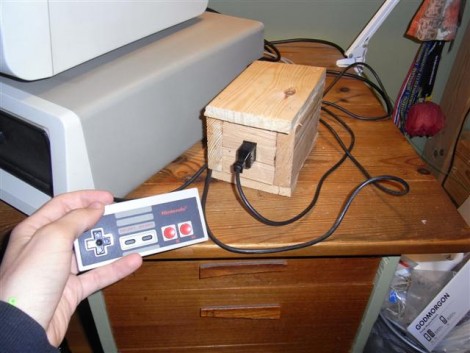
Automating something involving data from the Internet can be confusing when it comes to pages generated by user input. For instance, let’s say you want to scrape data from a page that loads after using a search box. [Andrew Peng] posted a quick and dirty example to help you write your own scripts. The example he used checks stock on one of the websites he frequents. His process outlines finding the link that all searches are submitted to, establishing the method used to send the search string, and grabbing the resulting data. He parses it and sends off an email if it finds what he’s looking for. But this could be used for a lot of things, and it shouldn’t be a problem to make it alert you in any way you can imagine. Maybe we’ll use this to add some functionality to our rat.
















